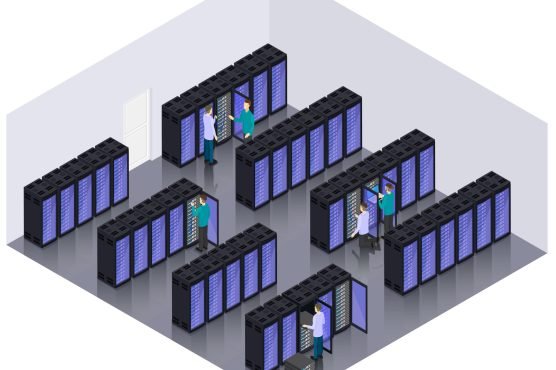In the fast-paced world of software development, ensuring the quality and reliability of your applications is paramount. At Amstel Software, based in the vibrant tech hub of Amsterdam, we understand the critical role that test automation plays in the development lifecycle. In this blog, we’ll explore the essentials of test automation and how it can revolutionize your software development process.
What is Test Automation?
Test automation refers to the use of specialized software tools to execute tests on your applications automatically. This approach helps to validate the functionality, performance, and security of your software, reducing the need for manual testing and significantly speeding up the release cycle.
Why Test Automation is Crucial
1. Efficiency and Speed**: Automated tests run much faster than manual tests. This speed is crucial in Agile and DevOps environments where rapid iteration and continuous delivery are key.
2. Accuracy and Reliability**: Automated tests eliminate human error, providing more reliable results. This consistency ensures that bugs are caught early and that every feature is tested thoroughly.
3. Cost-Effective**: Although there is an initial investment in setting up automated tests, they save money in the long run by reducing the time spent on manual testing and catching issues early before they become more costly to fix.
4. Scalability**: As your software grows, so does the complexity of testing it. Automated tests can easily scale to accommodate larger and more complex applications, ensuring comprehensive coverage.
Essentials of Test Automation
1. Choosing the Right Tools
Selecting the right test automation tools is critical. Amstel Software leverages industry-leading tools such as Selenium and Cypress for web application testing, ensuring compatibility across different browsers and platforms. We also utilize Jenkins for continuous integration, Jira for issue tracking and reporting, and Azure and AWS for cloud-based testing infrastructure, providing a robust and scalable testing environment for our clients.
2. Creating Robust Test Scripts
Developing robust and reusable test scripts is essential for effective test automation. Our team follows best practices in scripting, including clear and concise code, parameterization, and proper documentation, ensuring that our tests are maintainable and scalable.
3. Continuous Integration and Continuous Testing
Integrating test automation into your CI/CD pipeline is a game-changer. We incorporate automated tests into our continuous integration and continuous delivery processes using Jenkins, ensuring that every code change is automatically tested, providing immediate feedback and maintaining code quality.
4. Comprehensive Test Coverage
Ensuring comprehensive test coverage is vital. This includes unit tests, integration tests, system tests, and acceptance tests. Our approach covers all these aspects, ensuring that every part of your application is thoroughly tested.
5. Monitoring and Reporting
Effective test automation requires robust monitoring and reporting mechanisms. We utilize tools like Jira for issue tracking and reporting, providing detailed insights into test results and helping our clients make informed decisions about their software quality.
Conclusion
In the dynamic landscape of software development, test automation is no longer a luxury but a necessity. At Amstel Software, we pride ourselves on delivering top-notch test automation solutions that ensure your software is reliable, efficient, and ready for the market. By embracing the essentials of test automation and leveraging tools like Selenium, Cypress, Jenkins, Jira, Azure, and AWS, you can transform your development process and deliver exceptional software products.
Explore our case studies and discover how our expertise in test automation has helped businesses in Amsterdam and beyond achieve their software development goals. Let Amstel Software be your partner in building quality software, one automated test at a time.
Feel free to reach out to us for more information on how we can assist you with your test automation needs. Our team in Amsterdam is ready to help you achieve excellence in software development.









